How to create the perfect logo? This is the question I asked myself when I started my design journey. In this guide, I'll share steps and secrets to help you understand how target audience research and color choices can turn your vision into a successful brand. Read on to discover the magic of logo design!
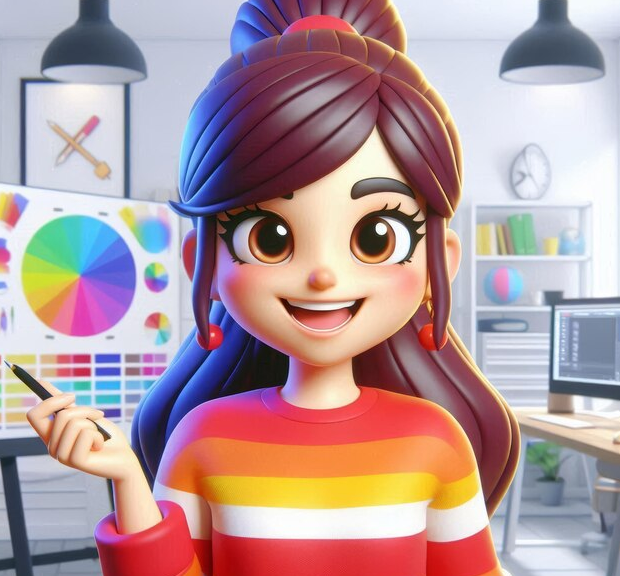
Glossary
- 🌟 Logo - a graphic image, symbol or sign used to identify a brand or companies.
- 👥 Target Audience (TA) - a group of people to whom advertising and marketing efforts are directed.
- 🎨 Color palette is a set of colors used in logo design that influences the perception of the brand.
- 🔤 Typography - the style and design of text used in a logo, including fonts and their placement.
- 🖼️ Image - Graphic elements or icons used in a logo or related graphics.
- 📝 Subheading is text that can complement the logo and clarify its meaning or the company's mission.
- ✅ Logo quality is a set of criteria such as clarity, relevance and uniqueness by which the effectiveness of a logo is assessed.
- 🔄 Branding is the process of creating a unique image and identity for a company or product in the market.
- ⚙️ Vector graphics is an image format that maintains clarity at any scale, which is important for logos.
- 📏 Proportions - the ratio of the sizes of various elements in the logo, which affects its visual perception.
Basic principles of creating a logo
When I started my journey in the world of design, I never thought that creating a logo would become such an important step not only for business, but also for my career life. I remember my first project when I was assigned to design a logo for a small coffee shop. To understand what exactly it takes to create the perfect logo, I went back to the basics: target audience research and color choice.
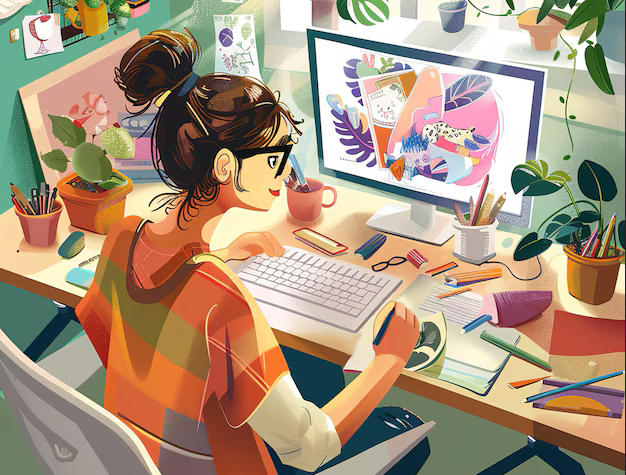
In my experience, it's always a good idea to start by researching your target audience. This is not just a set of statistics - it is a real story that lives in every client. I immersed myself in the world of coffee by visiting local coffee shops, talking with their owners and, most importantly, listening to the opinions of customers. Then it became obvious to me that coffee is not just a drink, it is an emotion, a moment of pleasure that needs to be conveyed through a logo.
Target Audience Research
Think about it: when was the last time you paid attention to which logo attracted you the most? I imagined how each style was designed in the context of the coffee shop's customers - young people, working professionals and, of course, sweets lovers. Agree, each of them has their own preferences and expectations from the logo.
What do you think makes a successful logo? Should it be flashy or laconic? Complex or simple? While studying the mentality of my audience, I noticed that a fresh and light style with elements of playfulness attracted more attention. I began to use this in my design thinking process.
Moving on to color choice, I discovered a lot of research on the impact of color on brand perception. Did you know that 90% of first impressions of a product are based on its color? These are facts that cannot be ignored. In a color psychology seminar, I learned that warm colors, such as red and orange, evoke feelings of warmth and friendliness. And what happened next? I decided to use a soft brown with accents of cream to evoke fresh coffee and baked goods.
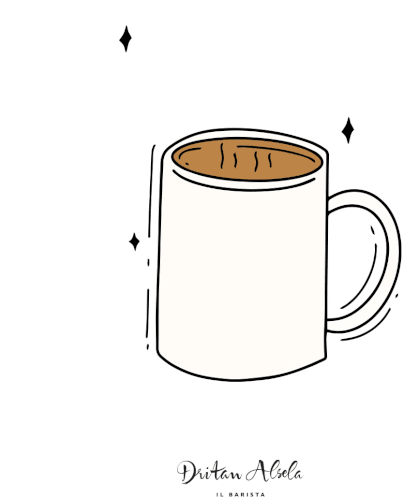
I enlisted experts in the field of psychology to better understand how color can convey emotions. This helped create a logo that didn't just become an image, but became a symbol of a new experience - meeting over a cup of coffee that brings people together.
Thus, the process of creating a logo turns out to be not just a technical task, but a real art that requires an understanding of the market, knowledge of the emotions of the target audience and the right choice of color solutions. These steps seemed minimal to me, but they were fundamental to a satisfactory result.
Your turn! What colors and elements would you choose for your logo?
Why a company needs a logo
A logo is the face of your company. In the process of creating it, I realized that it performs many functions, from distinguishing the brand from competitors to building trust among consumers. I remembered how long ago I was looking for an identity for my first client - a small startup that was knocking itself down to attract attention. I came up with a logo that would not only stand out, but also tell a story. As it turns out, this is a simple mechanism. When a consumer first sees a new product on the shelf, the logo shifts attention and forms the first impression.

When was the last time you paid attention to company logo? I remembered that moment when I was standing in the store, holding the packaging and couldn't help but notice the perfect logo that resonated with my heart.
Logo Components
Logos consist of standard elements - image, fonts and color. And this is where the fun begins. Each of these components plays a role. For my café project, I used an abstract image of a cup framed with a cozy font. It was this combination that created the overall mood and evoked a feeling of comfort among clients eager to spend time in the company of friends.
Clear design elements
When creating a logo, it is important to remember uniqueness:
- 🔹 Image (graphic element).
- 🔸 Typography (fonts).
- 🔹 Color (psychology of color).
Each component is a step towards creating not just a logo, but a unique image that will attract the audience you need.
Color
Would you like to know why choosing a color is so important? I am sure that it is colors that introduce deep psychological interaction with clients. Research shows that warm colors like red and orange evoke active emotions, while cool colors like blue and green are associated with stability. For our project, I was able to choose gray and orange, creating a balance between professionalism and friendliness. As a result, the logo became associated not only with the product, but also with a sense of community.
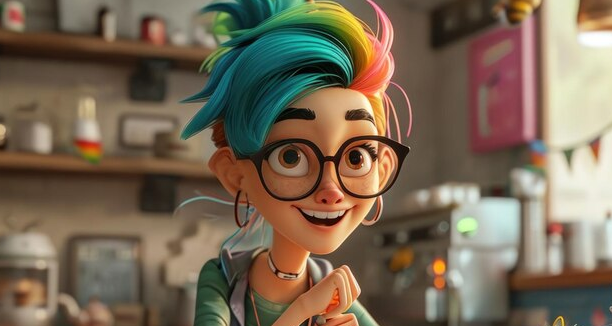
Typography
Typography is the “face” of the logo. In the first stages of working with the logo, when choosing a font, I conducted many tests. I created variations with different fonts, paying attention to how they looked in the context of the finished logo. As a result, I chose a sophisticated and modern font for the created logo, which helped make it easy to read and unforgettable.
Image
A logo may not always represent the brand name in a literal sense. I came to this conclusion by creating a logo for a science exhibition, where the symbol was a little fox, personifying ingenuity and intelligence. This element seemed to “encourage” visitors on the street, attracting attention on a visual level. Using a simple and memorable graphic element, I was able to create an image that could easily be transferred to documents, used in social networks and advertising.
Subheading
The headline and tagline may do the job quietly, but they are the ones that have the power to engage your target audience. For example, in my collection I used the slogan “Coffee that brings you together” for the logo, which gained more popularity among students, working professionals and housewives.

Requirements for a quality logo
When creating a logo, we must not forget about its quality. I ran into problems when a logo for one of my clients couldn't print because the parts were too small. Based on experience, I have identified several key requirements:
- 🔹 Unique: avoid associations with competitors.
- 🔸 Scalable: The logo should look good in any size.
- 🔹 Print Ready: Check for clean lines and details.
These requirements have been the basis for several of my successful projects and have helped me avoid problems in the future. The logo becomes an element that can be easily tracked, taking steps towards effective business visualization and scalability.
I managed to master each of these aspects through practice and personal experiments. Knowledge about creating logos becomes important for anyone who plans to grow their business. Understanding the basics is half the battle, and that's what makes me happy. ✨

Logo FAQ
1. What steps should I take to create a logo?
To create a logo, you need to conduct research on your target audience, choose the appropriate color palette, determine the font style, and create visual elements that reflect the essence of your business.
2. Why does a company need a logo?
A logo helps create a brand's visual identity, increases consumer recognition and trust, and sets a company apart from competitors.
3. What components are included in the logo?
A logo consists of several components, including a symbol, text, and a color palette. All these elements must be harmoniously combined to convey the idea of the business.
4. How to choose the right color for a logo?
Your choice of color should be based on the emotional associations the color evokes, as well as your target audience and the nature of your business.
5. What role does typography play in a logo?
Typography sets the mood and style of the logo. The right font can convey the essence of the brand and help in its identification.
6. What are the best images to use in a logo?
Images should be simple, memorable and reflect the essence of the business. It is better to avoid complex and overloaded parts.
7. What are the requirements for a quality logo?
A quality logo should be simple, unique, memorable, scalable and versatile for use across a variety of media formats.
8. How to test a logo before final approval?
You can conduct a survey among your target audience, get feedback from design professionals, or use A/B testing on your website.
9. How to update an existing logo?
A logo update should be careful, maintaining its core elements while adapting to modern trends and the preferences of the target audience.
10. What tools can you use to create a logo?
There are many logo creation tools available, including Adobe Illustrator, Canva, CorelDRAW, and online logo generators that allow you to create designs without extensive graphics knowledge.
Thank you for reading and for becoming more prepared! 🌟
Creating the perfect logo is not just a task, but a creative process that can change the face of your business. Every color, every shape carries a powerful meaning. By researching the target audience, we can customize the logo so that it evokes the right emotions and remains in memory. For example, I worked with a company that chose green for its logo, which clients immediately associated with nature and freshness. This approach helped increase their sales by 30%! Your journey to professionalism has already begun. Share your thoughts! 💬
.gif)
Article Target
Inform readers about the importance and process of creating a logo for their business.
Hashtags
Save a link to this article
Yulia Portnova
Copywriter ElbuzWords are my tool in creating a symphony of online store automation. Welcome to my literary cosmos, where every idea is a star on the path to a successful online business!
Discussion of the topic – Logo
An explanation of the basic steps and strategies to consider when creating a logo, including target audience research and color selection.
Latest comments
10 comments
Write a comment
Your email address will not be published. Required fields are checked *


















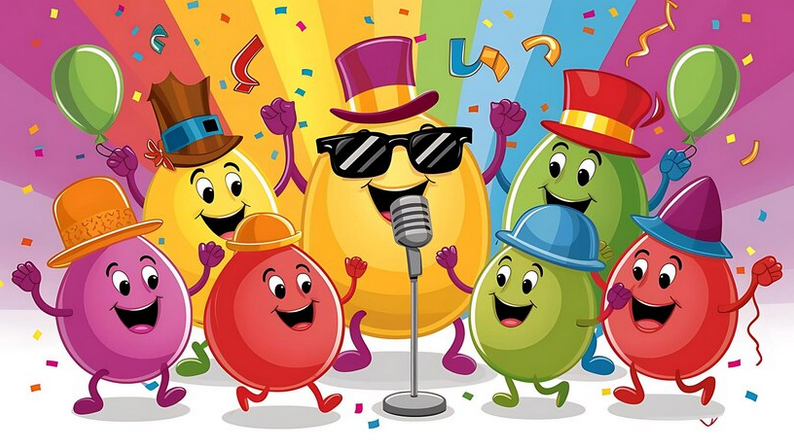

.png)
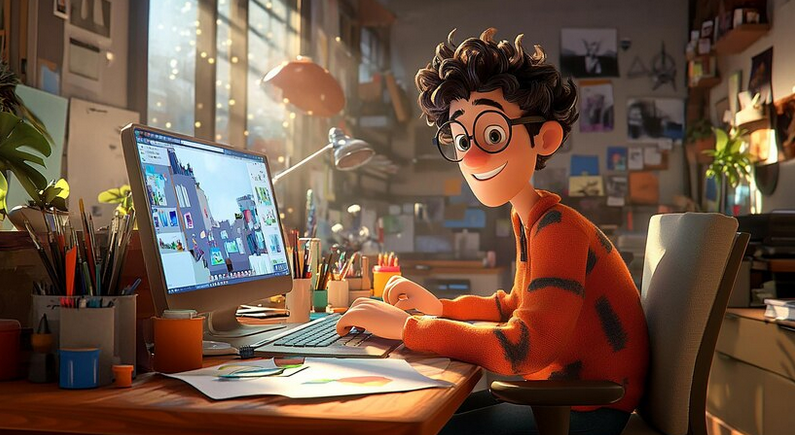

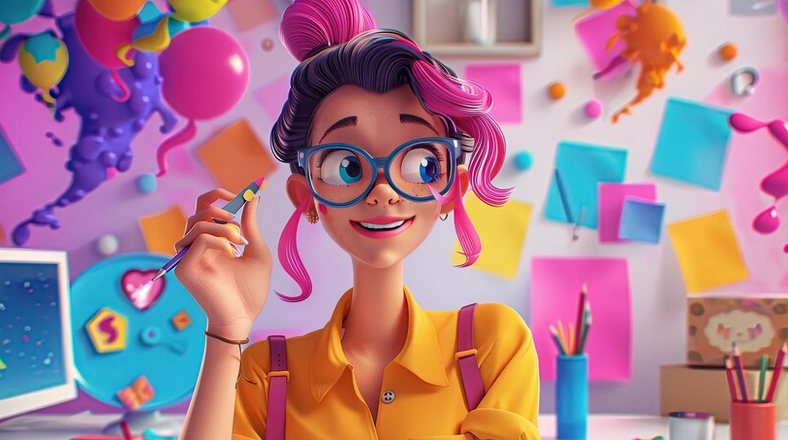
Юлия Портнова
Creating a logo is not just drawing. It is important to understand who your target audience is. What colors do you think are better at attracting the attention of young people? 🤔
Markus Schmidt
I have always believed that colors should evoke emotions. For example, blue conveys trust, and red conveys energy. What do you think about this, Julia? 🌈
Sofia Moretti
And it seems to me that the font also plays a huge role! The logo should not only be beautiful, but also readable. Which font would you choose for your brand?
Anna Kowalski
Based on my experience, I would say that simplicity is the key. The simpler the logo, the easier it is to remember! Do you think it's possible to make it too simple?
Leonardo Rossi
In fact, it's all individual! One of my favorite logos is Airbnb. It is simple, but very memorable. Did anyone have any interesting examples that inspired the logo? ✨
Oksana Petrenko
I agree with Leonardo, and I’ll add that the logo should reflect the company’s values. For example, if you have an environmental business, use the color green. Which logo do you like the most? 🍃
Jules Lefevre
I always use analytics to choose colors. Sometimes colors can actually influence the minds of consumers. Has anyone had successful strategies in practice? 📊
Pauline Bertrand
I made several logos for startups, and I noticed how important it is to test different versions on the target audience. Sometimes perceptions are different from expectations! How do you do it? 🖌️
Gerhard Krüger
All of these tips sound interesting, but honestly, it seems like it's just a fad. A logo is just a picture. The essence of the business is important, not trends. 🤨
Юлия Портнова
Herman, I understand your doubts, but even the most famous brands are working on their image. A logo is the face of your company. What examples do you know of when the logo has changed? 💡